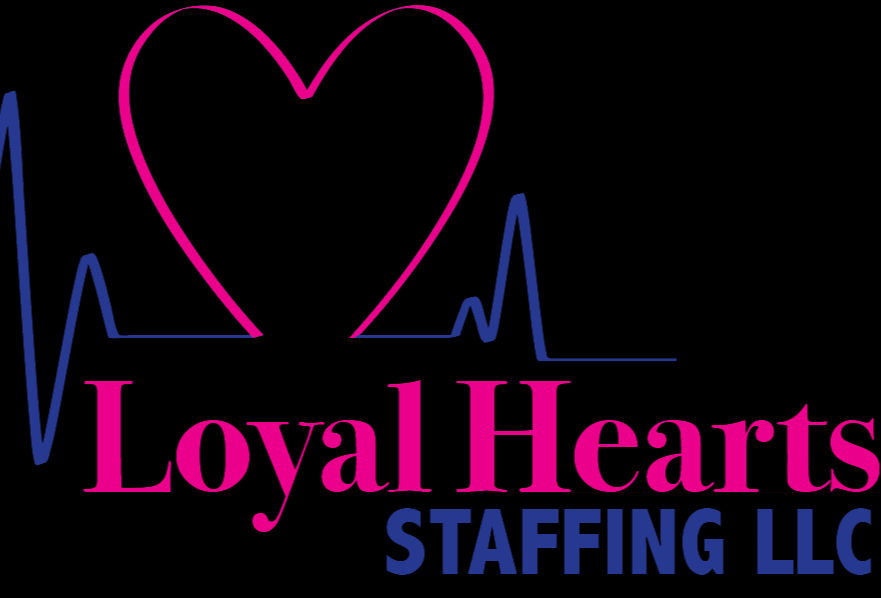Precautions based on transmission: airborne transmission, transmission by droplets and by contact
- April Swanson

- Dec 1, 2022
- 3 min read
Set of measures taken by healthcare personnel upon clinical suspicion or bacteriological confirmation of the presence in the patient of pathogenic microorganisms transmissible by air, droplets or contact.
Objectives:
– Prevent the transmission or spread of infection from the infected patient to other patients and healthcare personnel, interrupting the epidemiological chain. – Isolate the infection, not the patient, and reduce costs associated with unnecessary isolation precautions.
Equipment:
– Table.
Equipment:
– Necessary material according to the type of isolation: non-sterile gloves, gown, mask, tights, cap, posters indicating the precautions to be taken, etc. – Nursing records.
Procedure:
– Perform hand washing. – Prepare the material and move it to the patient’s room. – Inform the patient and family of the procedure to be performed and the reasons for it. – Apply standard or first level precautions. – Airborne precautions: designed to reduce the risk of airborne transmission of infectious agents that are spread in particles smaller than 5 microns. They can be dispersed by room air currents. Indications: pulmonary, laryngeal or bronchial tuberculosis, chickenpox, measles, disseminated or localized herpes zoster in immunocompromised patients.
1. Single room: with negative pressure or always keeping the doors closed. 2. Respiratory protection: always when entering the room. 3. Avoid movement of the patient out of the room, but if necessary, limit dispersion by placing a mask on the patient. 4. Disposal of waste in an identified bag or container. 5. Apply cleaning, disinfection and sterilization protocol for material and instruments used by the patient. – Precautions for transmission by droplets: designed to prevent the spread of infectious agents that are conveyed in droplets of more than 5 microns and that can be produced by the patient when coughing, sneezing, etc. Indications: streptococcal disease in children, influenza, meningitis caused by Haemophilus influenzae and Neisseria meningitidis, mumps, whooping cough, pharyngeal diphtheria. 1. Room: single room is recommended. When a single room is not available, maintain a spatial separation of at least one meter between the infected patient and other patients or visitors. No special ventilation system is necessary. 2. Use a mask when working near the patient. 3. Avoid movement and transfer of the patient out of the room, but if necessary limit the dispersion of droplets by placing a mask on the patient. 4. Dispose of waste in identified bags or containers. 5. Apply cleaning, disinfection and sterilization protocol for material and instruments used by the patient.
Contact transmission precautions:
designed for patients known or suspected to be infected or colonized by microorganisms that can be transmitted by direct patient contact or indirect contact with environmental surfaces or utensils used in patient care. Indications: Patients with MRSA (methicillin-resistant Staphylococcus aureus), surgical wounds with multiresistant germs, gastrointestinal infections, respiratory syncytial virus in immunocompromised children and adults, herpes simplex virus, clostridium difficile infections, hemorrhagic infections such as ebola lassa, enterohemorrhages, hepatitis, rotavirus, cutaneous diphtheria, impetigo, large abscesses, cellulitis, ulcers that cannot be covered, hemorrhagic conjunctivitis. 1. Single room recommended. When a single room is not available, consult with Preventive Medicine before placing the patient. 2. In addition to wearing gloves in situations indicated by standard precautions, gloves should be worn when entering the room in the course of patient care. Change immediately when in contact with infected material (fecal material, wound drainage, etc.). Remove contaminated gloves and wash hands with antiseptic soap immediately. 3. Gown: whenever it is foreseen that the health professional’s clothing may come into contact with infected material. 4. If the patient moves out of the room, ensure that precautions are maintained to minimize the risk of transmission of microorganisms to other patients and contamination of surfaces or medical equipment. 5. Dispose of waste in identified bags or containers. 6. Apply cleaning, disinfection and sterilization protocol for material and instruments used by the patient.
Observations:
– Place a small auxiliary table at the door of the room or anteroom with all the necessary material for isolation: gowns, masks, gloves, tights, caps, etc. – Place a sign in the patient’s room informing of the necessary precautions to be taken.








Comments